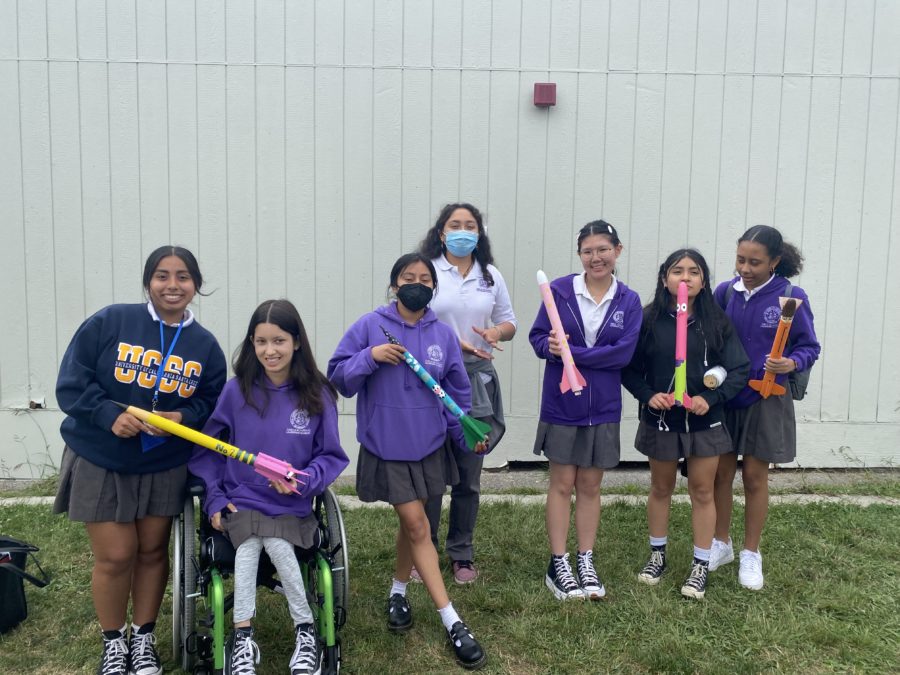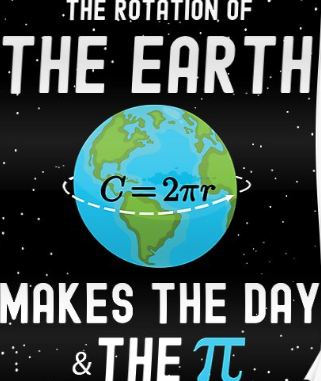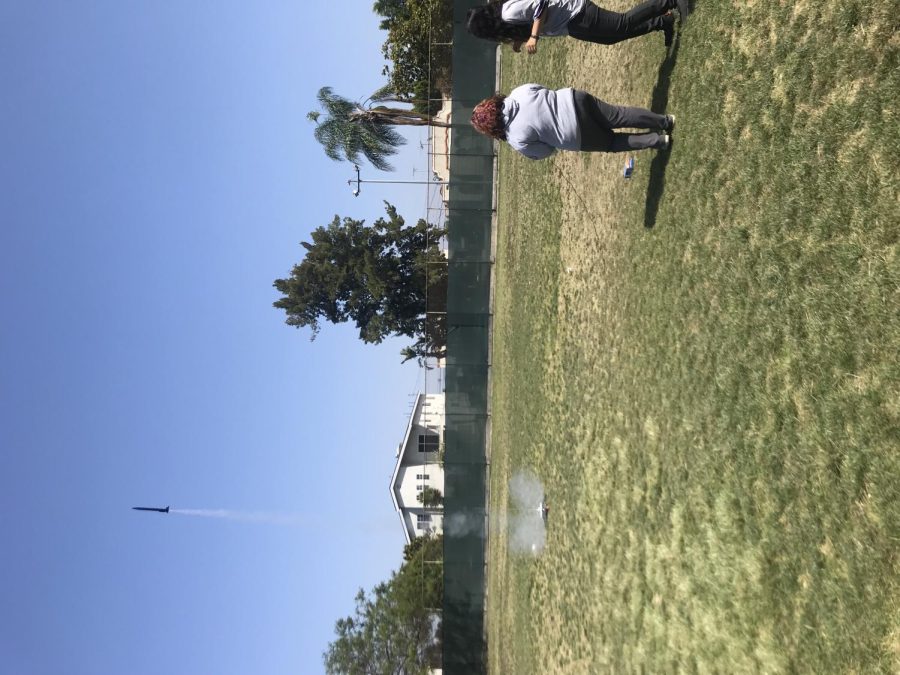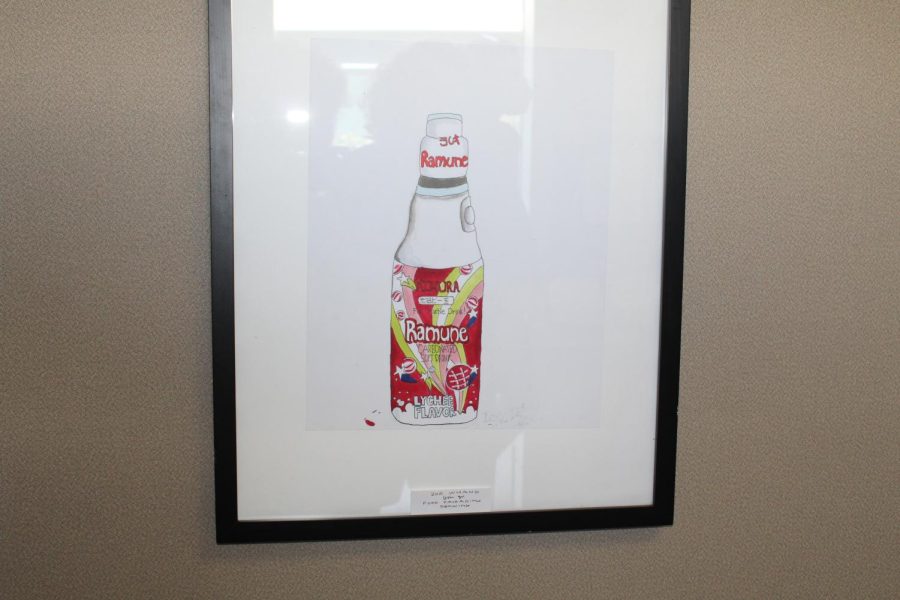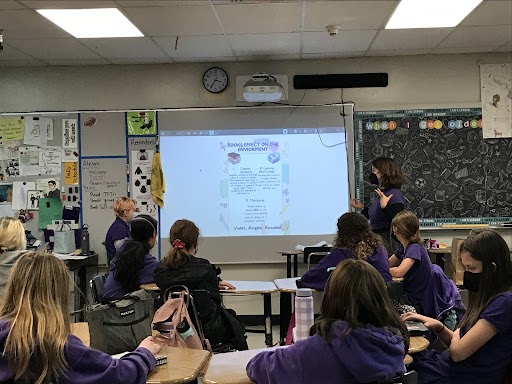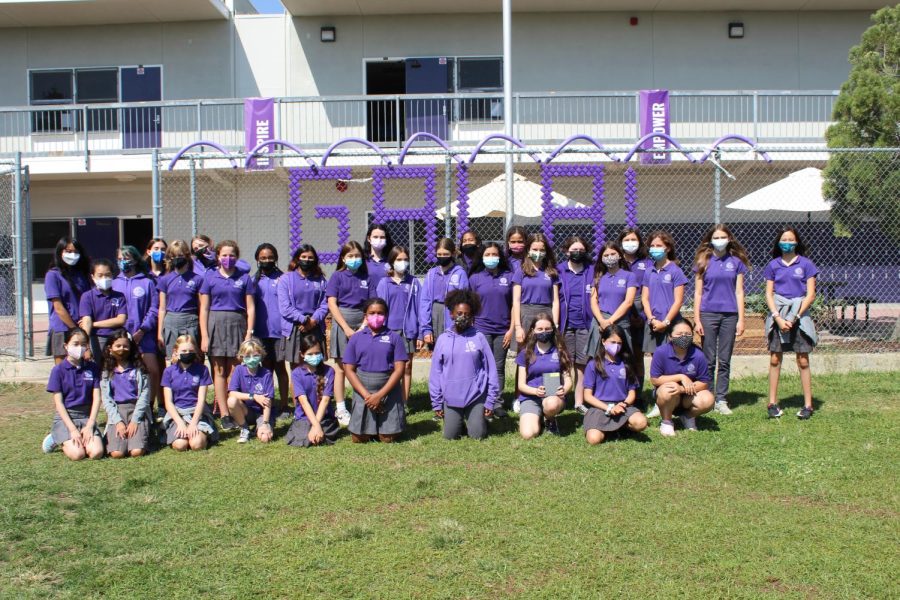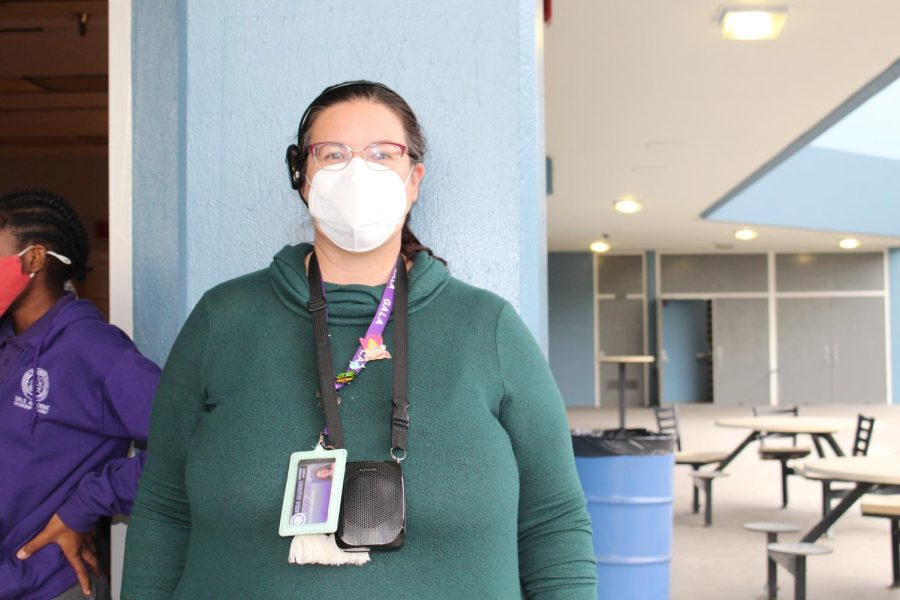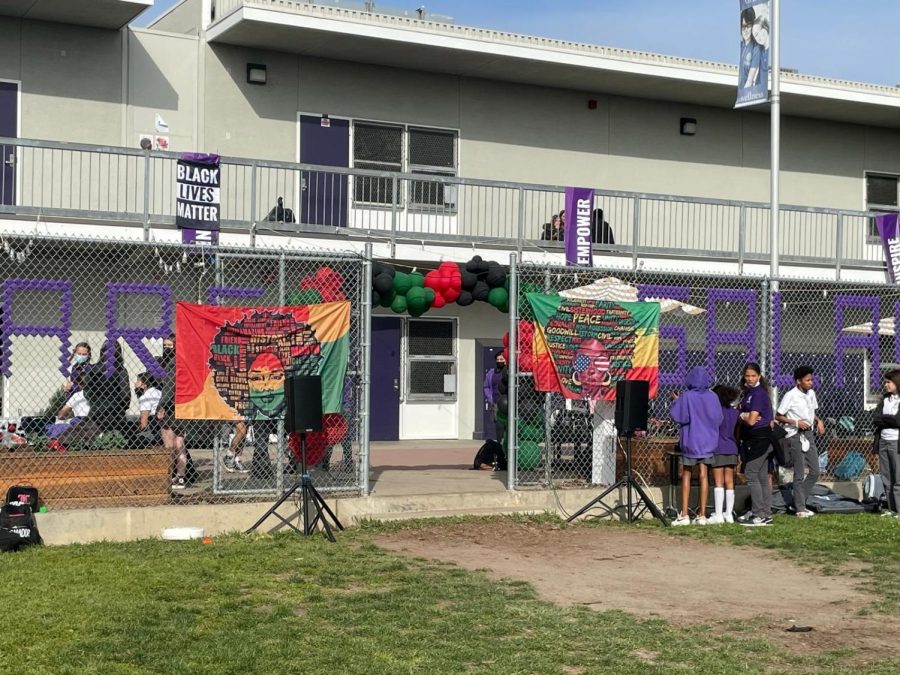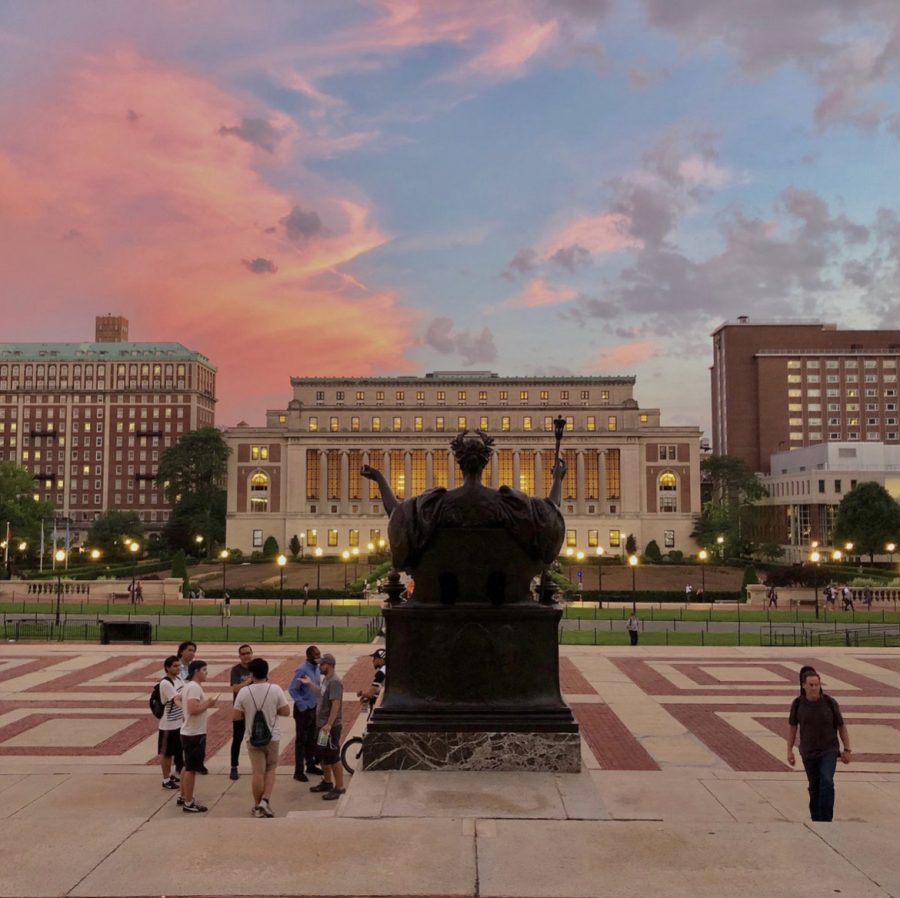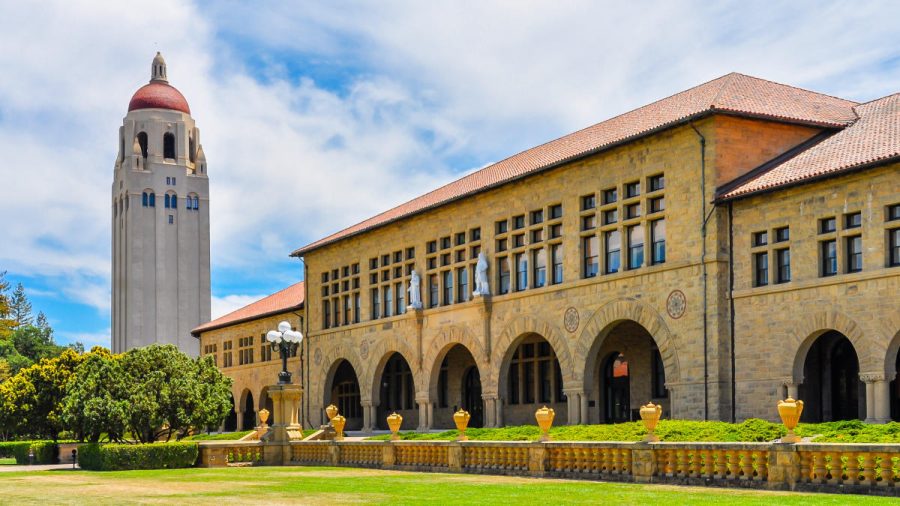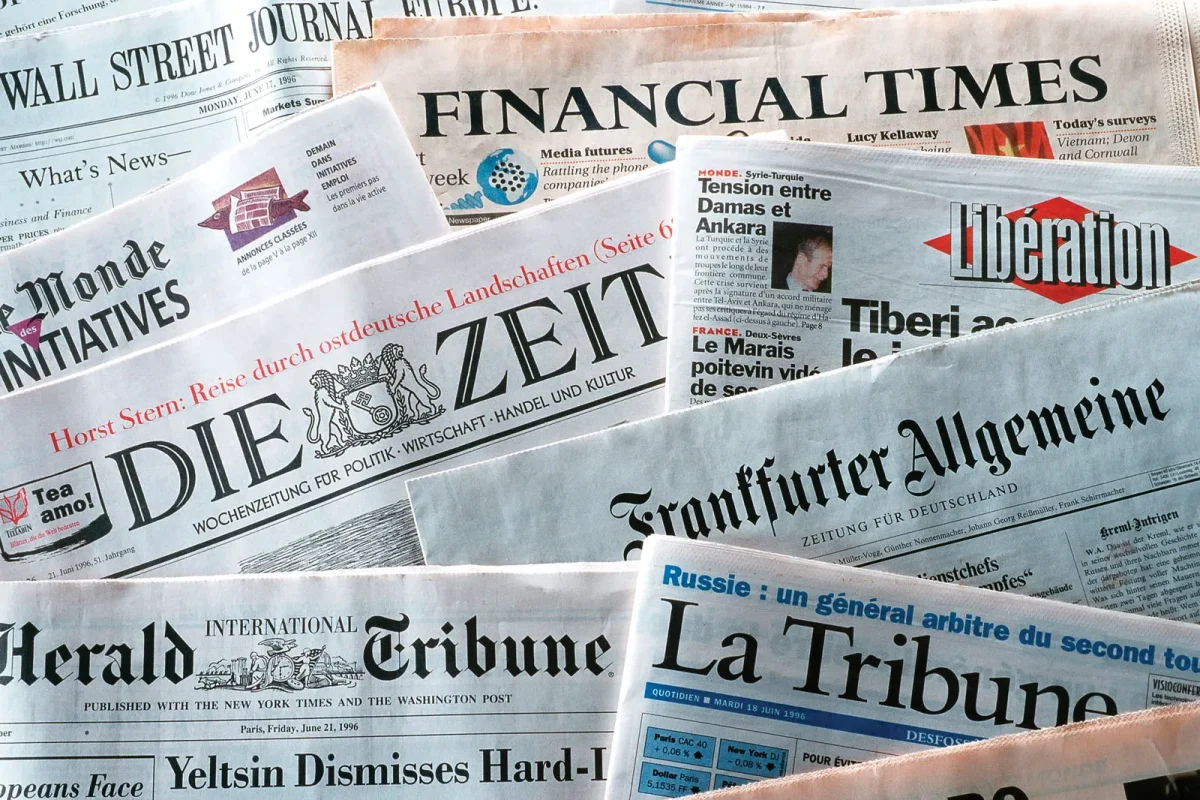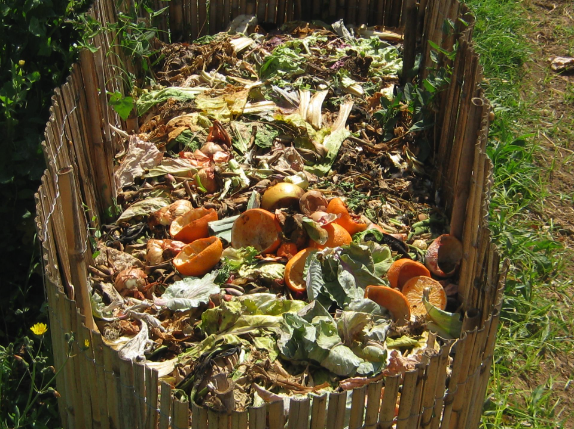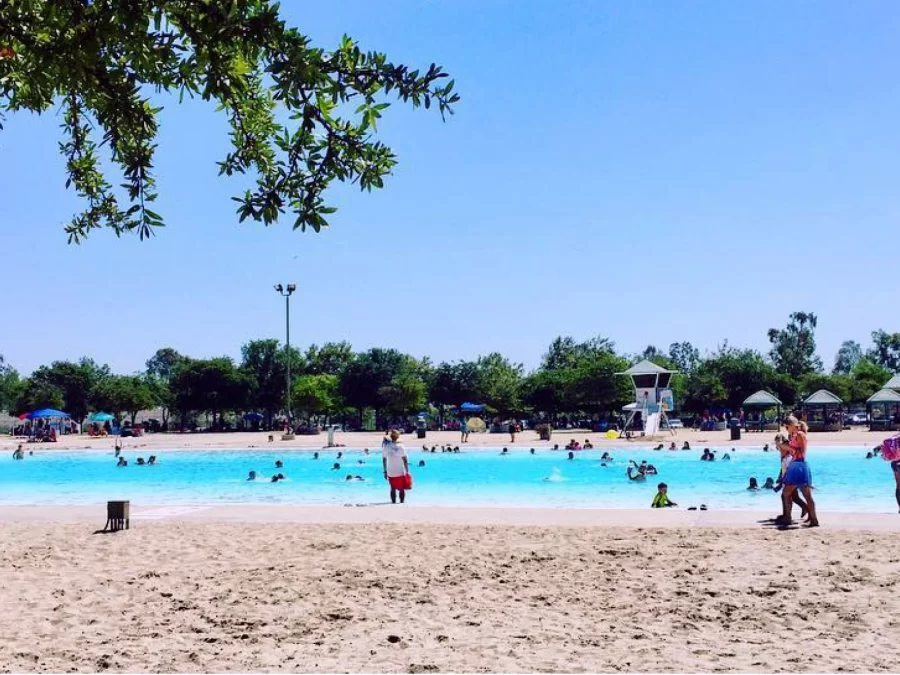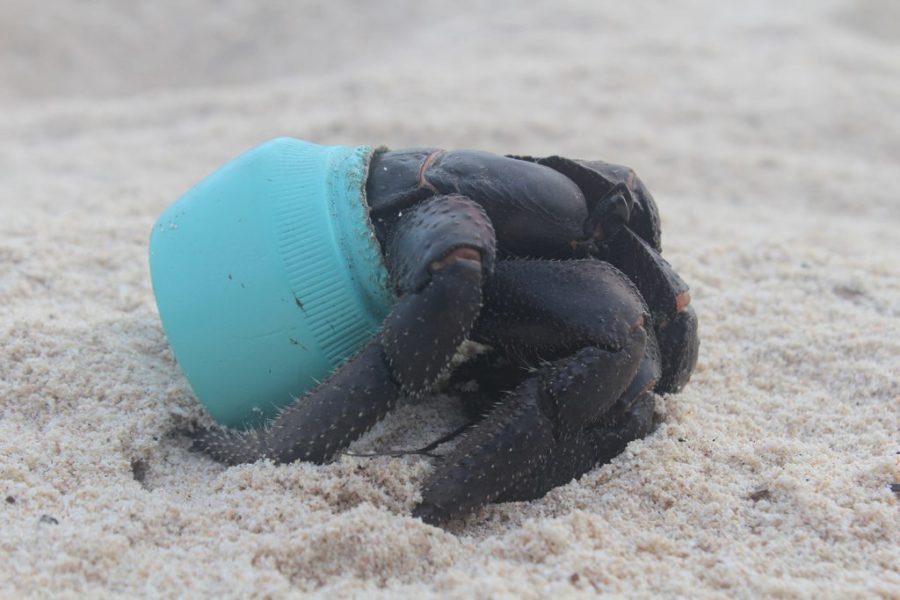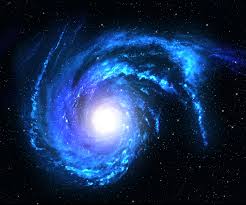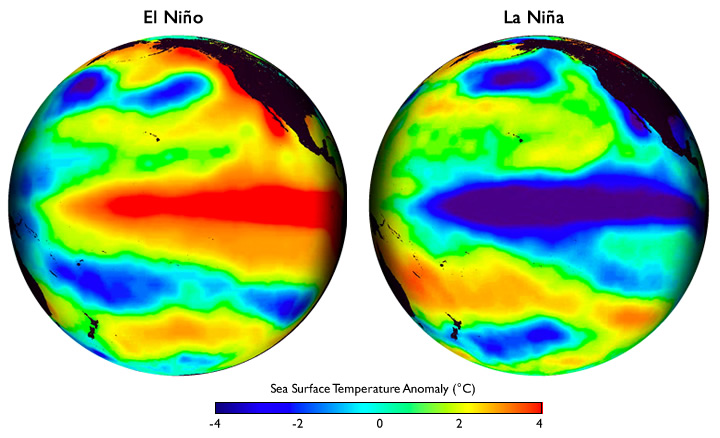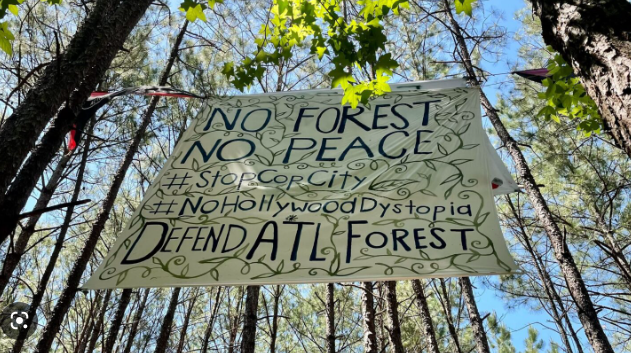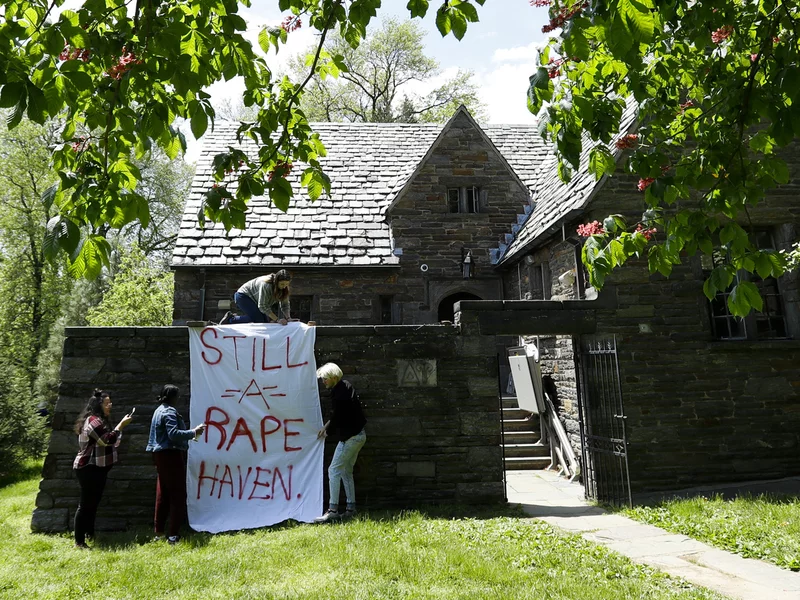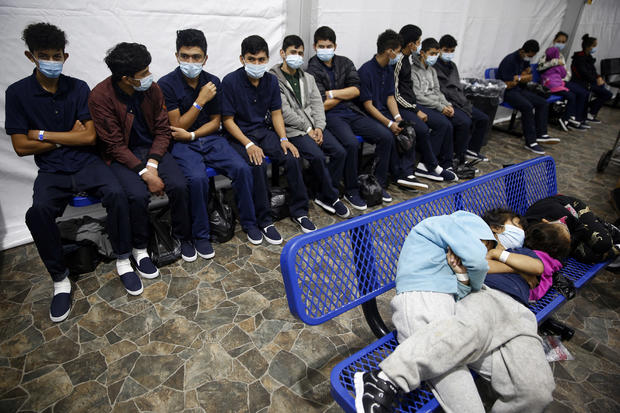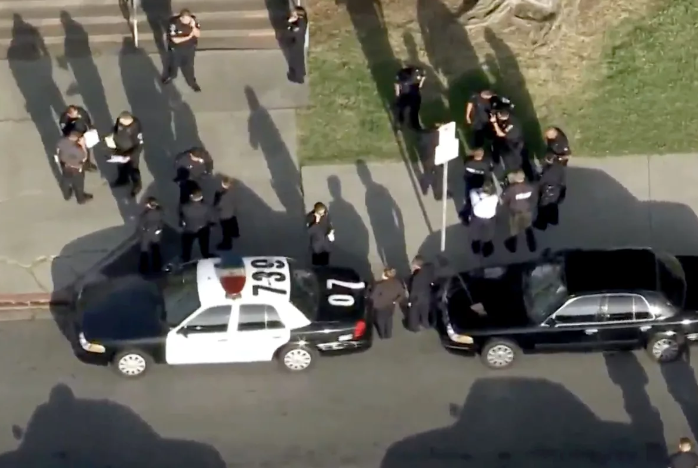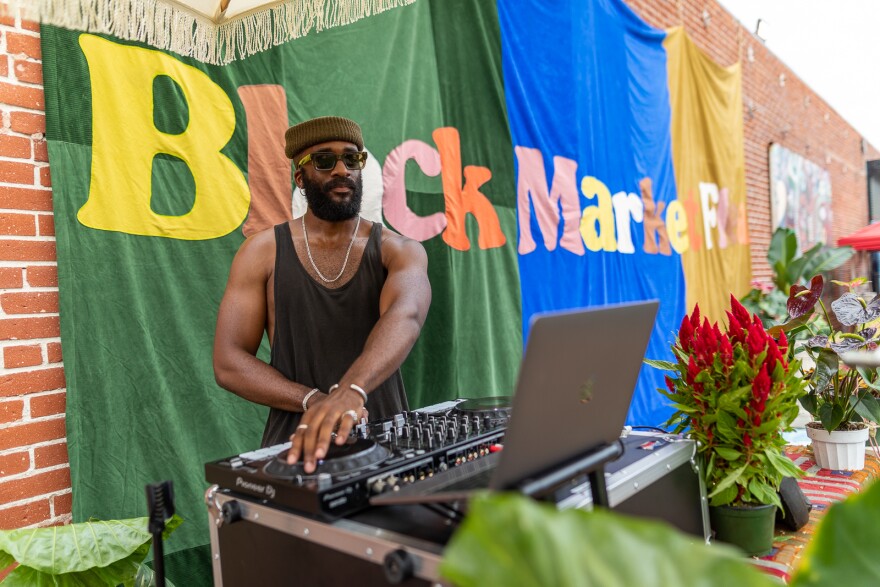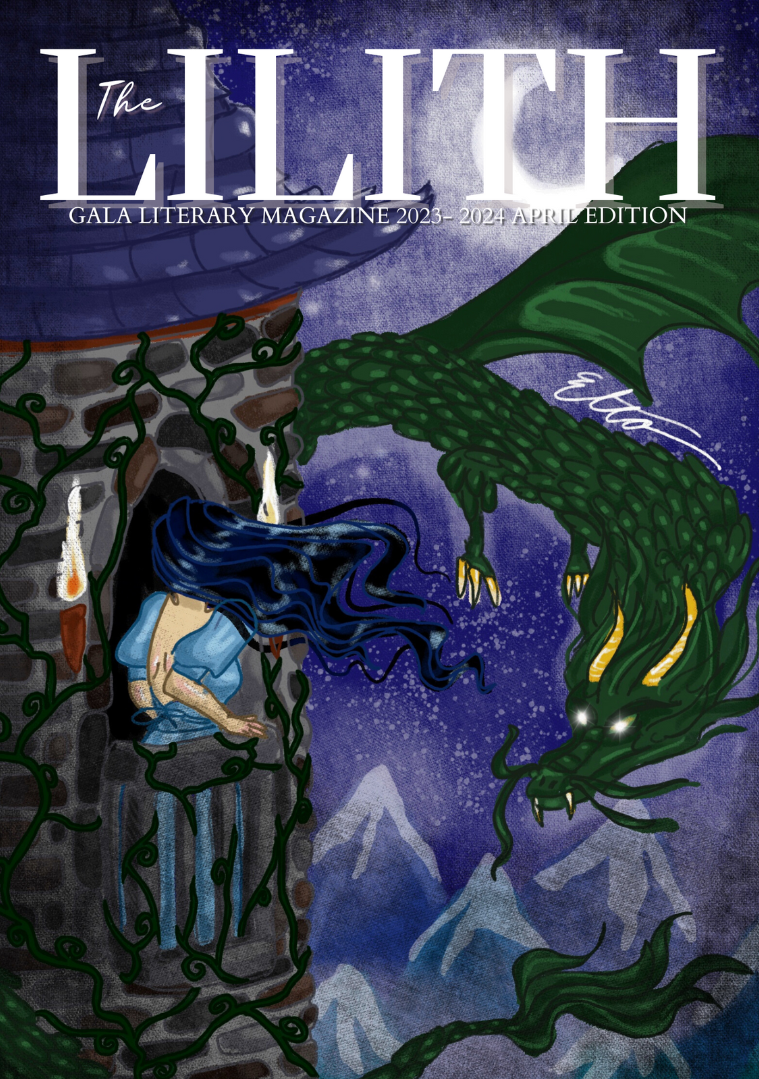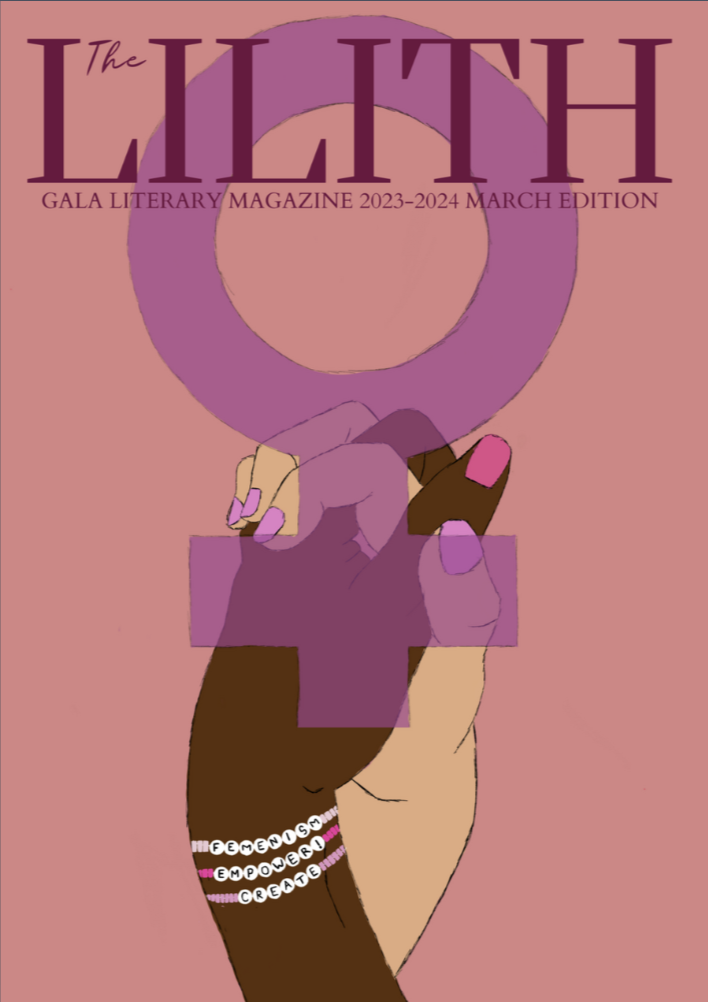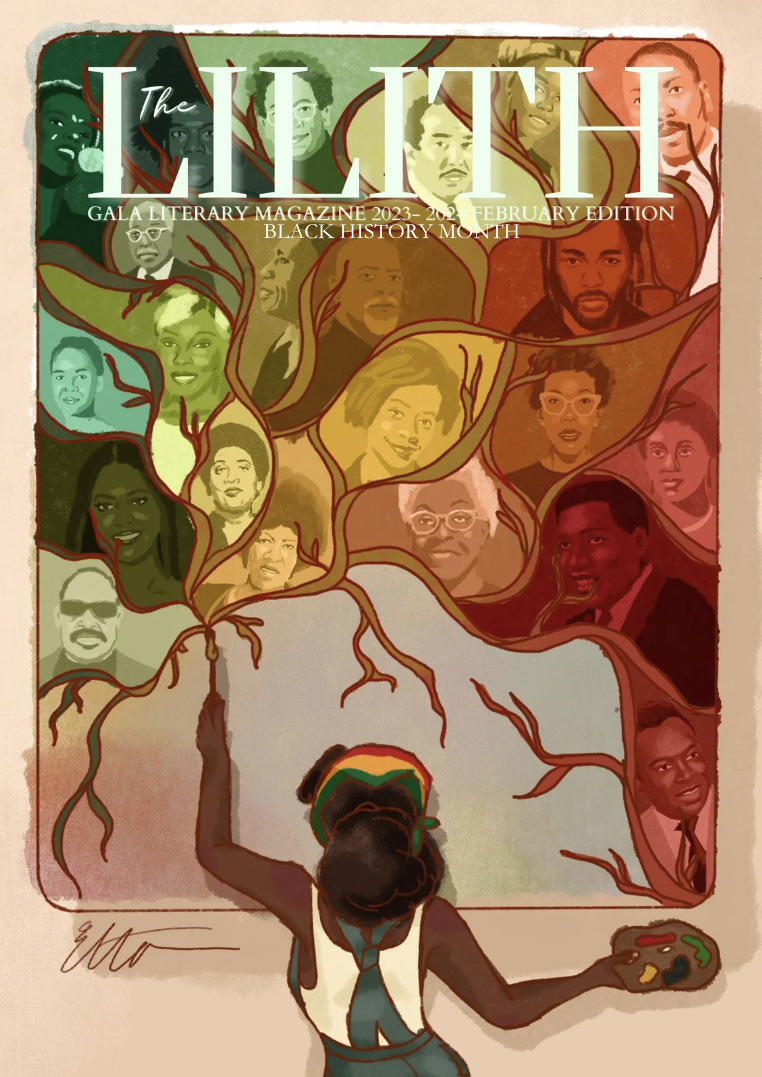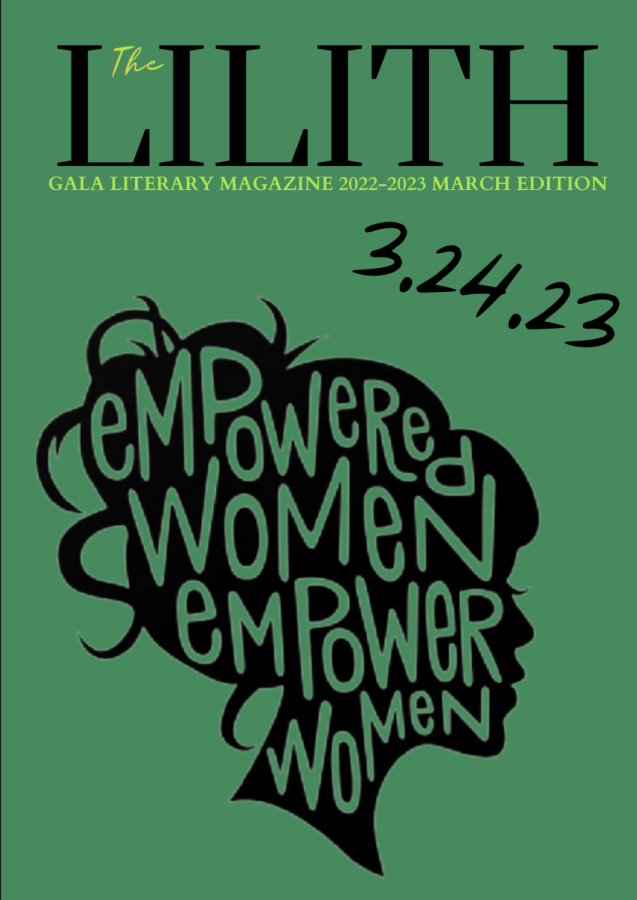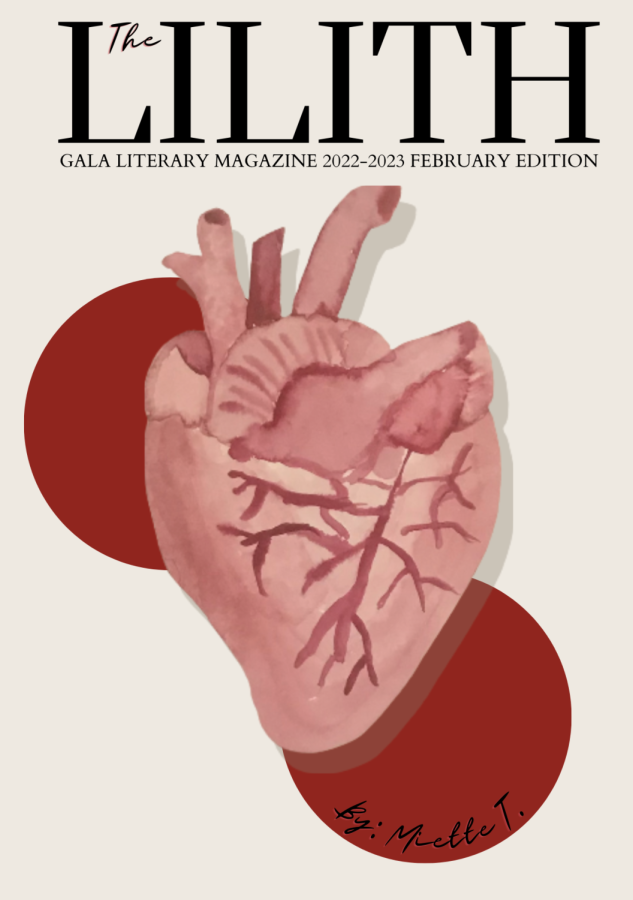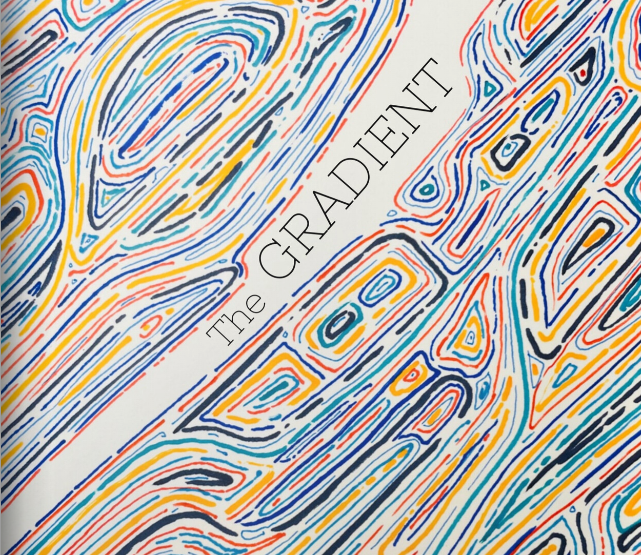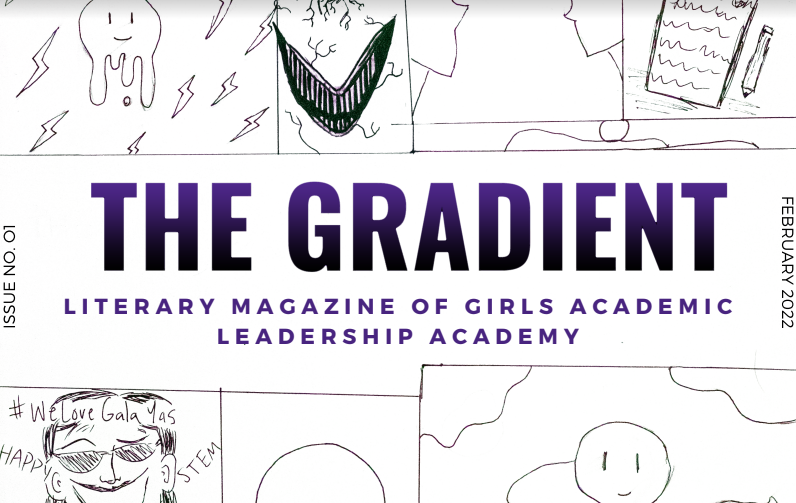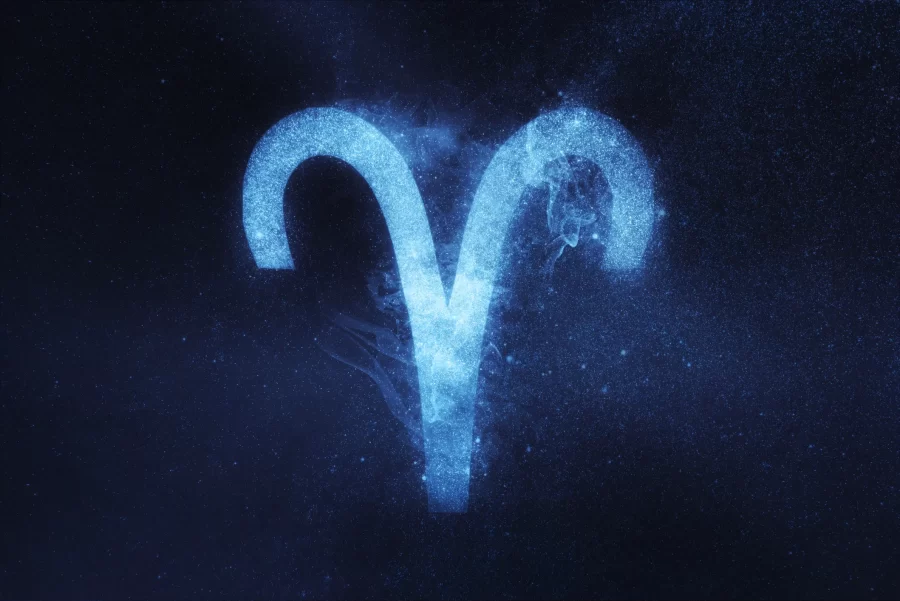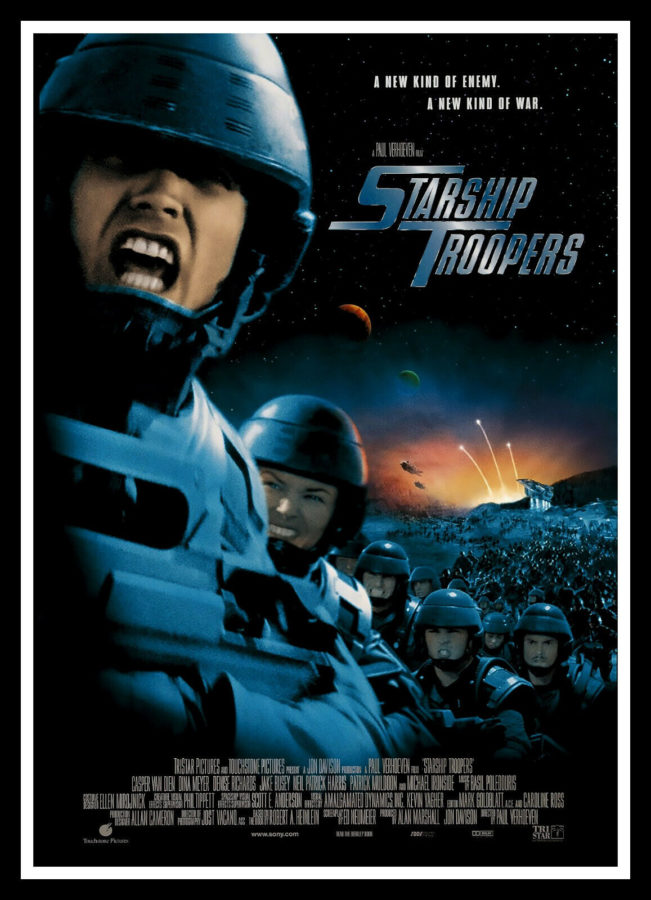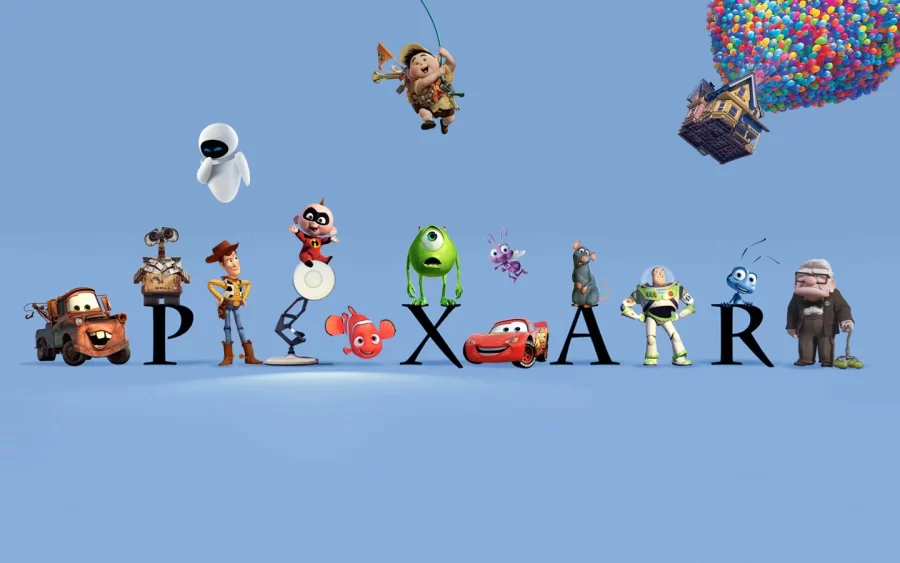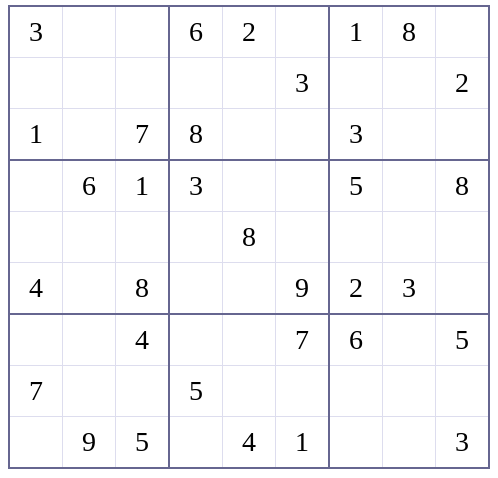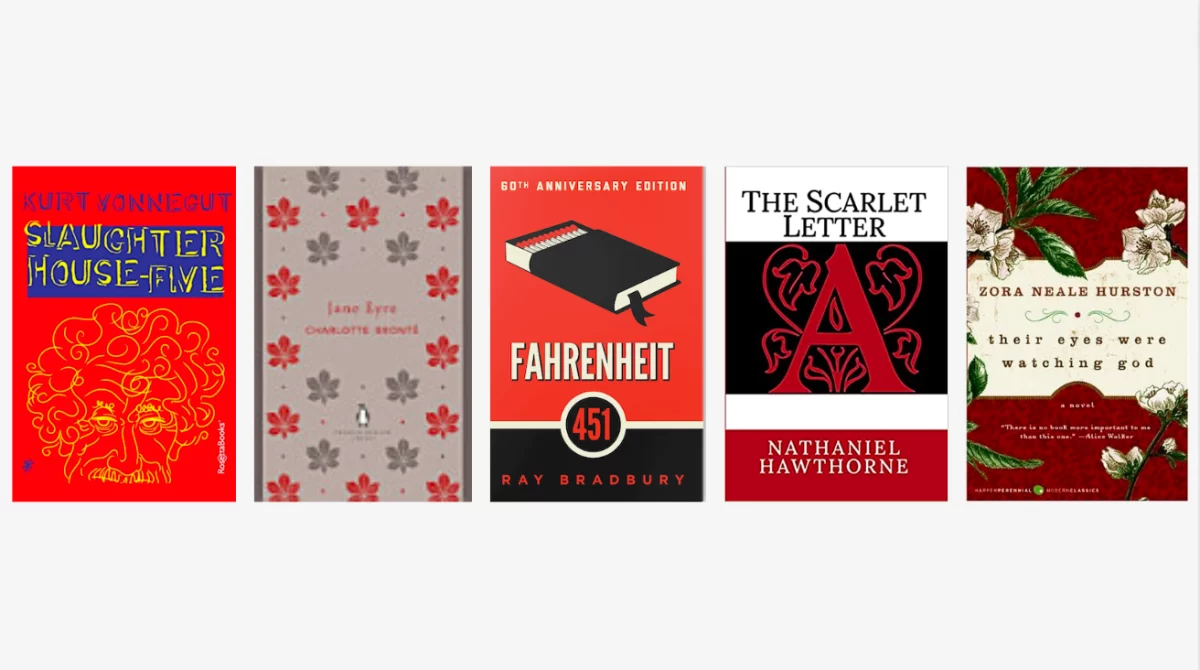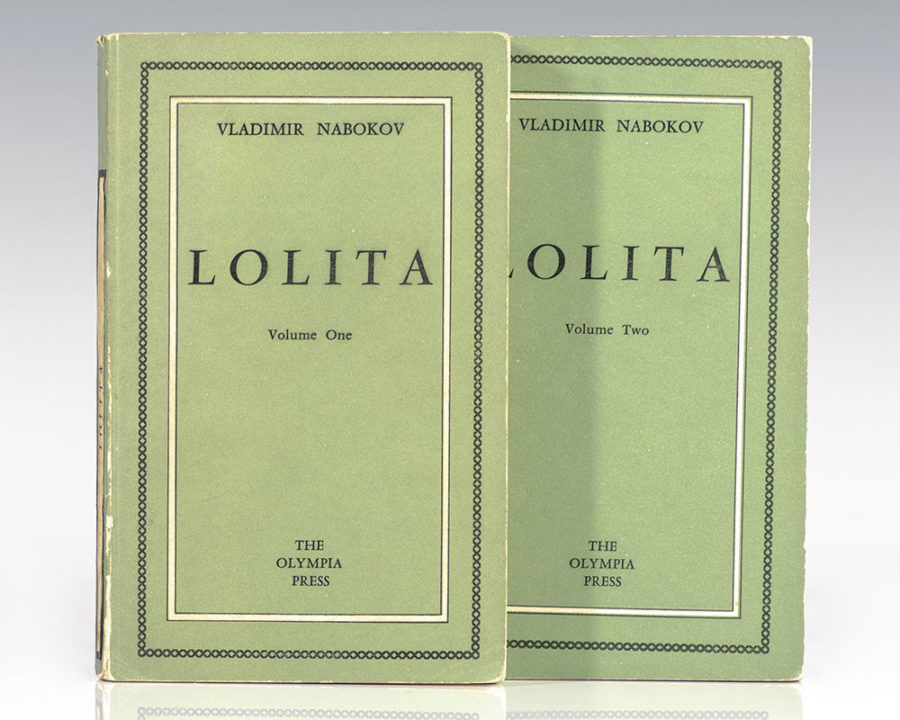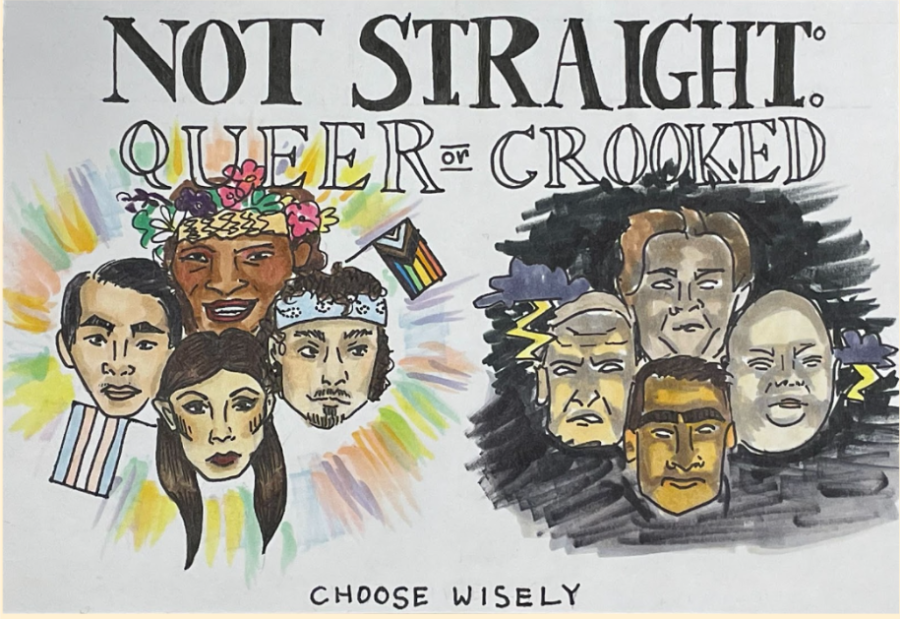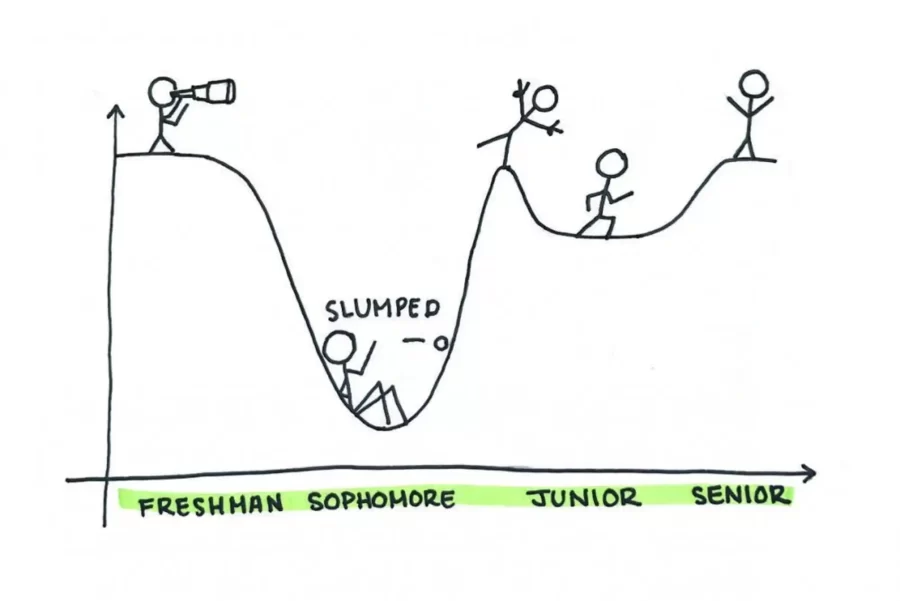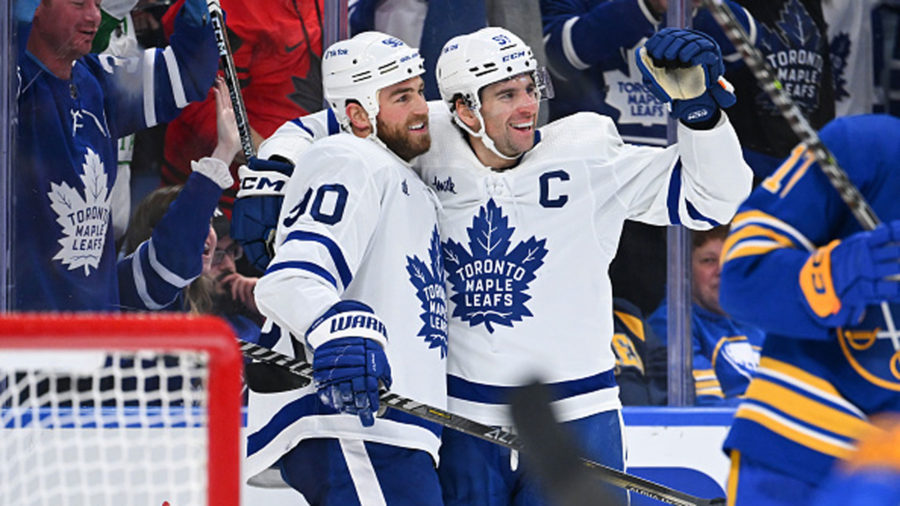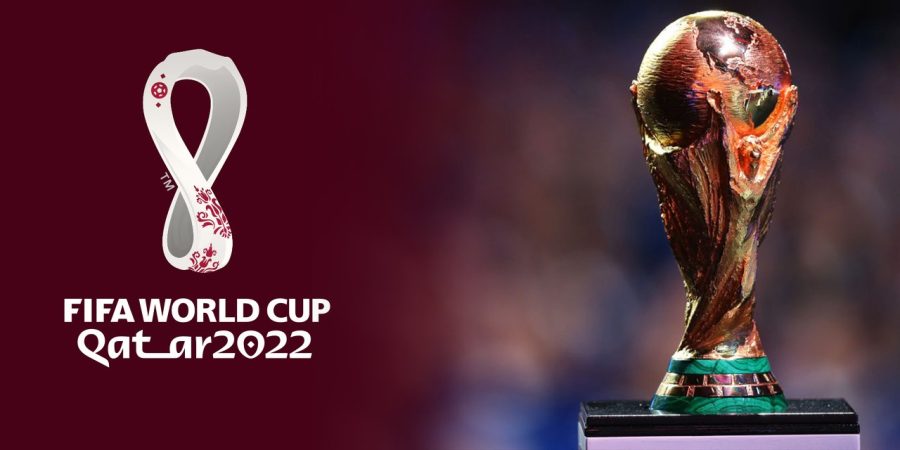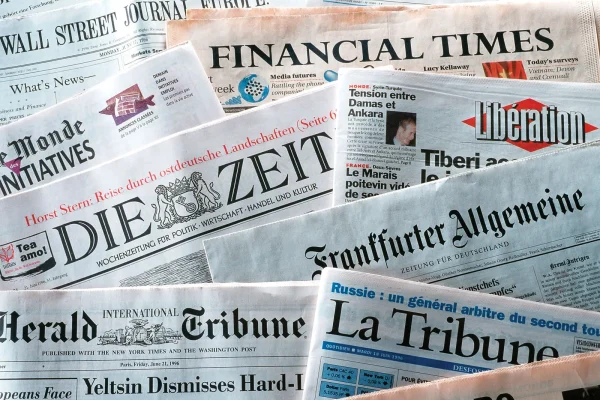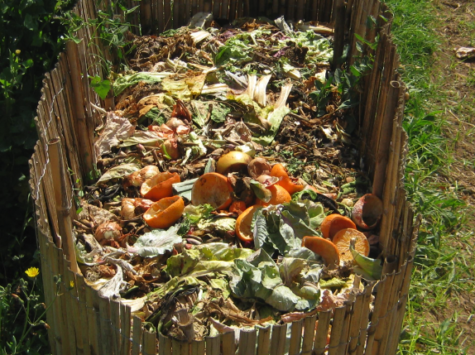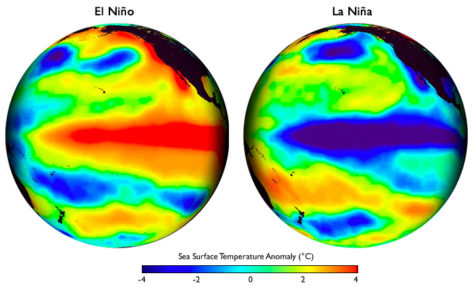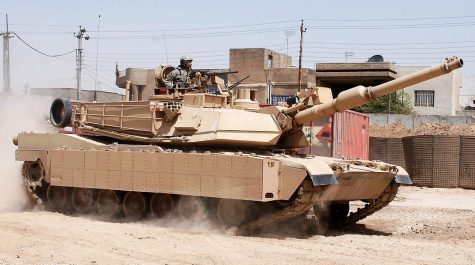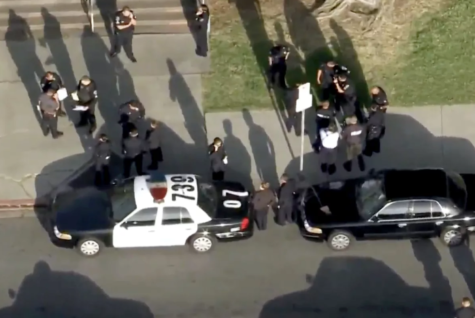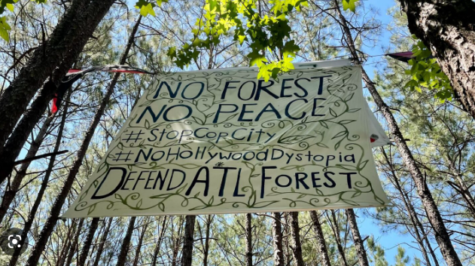Ukraine and Russia: Tensions Leading to Conflict
The conflict between Russia and Ukraine is one with a long history and many facets, making the pressing problem of a potential invasion a complicated one. As an oversimplified breakdown for people new to this issue: As of recently, there have been armed Russian troops placed at the Ukrainian/Russian border, posing the threat of invasion to Ukrainian civilians. Russia’s aggression, only increasing with the number of weapons and troops stationed, is spurring international debate and tension between several European countries and involving alliances such as North Atlantic Treaty Organization (NATO) and the European Union.
While the conflict is between the governments of Ukraine and Russia, the people being affected are the Ukrainian public. The location of conflict is a region of Ukraine called Donbas which has been under unofficial Russian control since Russia took control of Crimea in 2014. Since then, there have been thousands of Ukrainian civilian deaths and injuries relating to this conflict, according to a United Nations report. Additionally, other nations are getting involved through negotiations and the alliances that they are a part of.
The buildup of tension between the two countries stems from Soviet Union times when Ukraine was a part of the Union and escalated in the last decade with occupation by Russia in Crimea, southern Ukraine. Russia has denied its position of “temporary” occupation, though it maintains a massive military base in Crimea.
There are a multitude of economic, political, and historical motivations for Russia in taking further control of and maintaining power over Ukraine.
The United States and European Union responded to this international conflict with the disapproval of Russia’s aggressive actions and statements that if Russia was to invade Ukraine, they would intervene in allyship. Additionally, NATO’s secretary stated as a response to the growing conflict back in early December that, “We have a wide range of options: economic sanctions, financial sanctions, political restrictions.” Russia has, in turn, expressed concern over the potential of NATO intervention of missile systems and how it may serve as a means for Ukraine to defend themselves militarily against Russia. This high-tension issue continues to spark debate between the various parties involved, and though peaceful negotiations are also continuing in an attempt to resolve the issue, there is no simple solution to this issue of international relations. Resolution through diplomacy is what nations hope to achieve as the outcome.
If you’ve been following this story you know that since this article has been written, Russia launched an aggressive and unprovoked military attack on Ukraine on Feb. 24, 2022. This goes against fundamental international law and the United States and European countries are imposing heavy sanctions against Russia as they promised they would do in the event that Russia attacked. In Ukraine, citizens are fleeing west towards the Poland border seeking safety for themselves and their families. Further updates to come in the next issue.

Kana is a senior at GALA and is excited and honored to be The Echo's Editor-In-Chief this year. Her goal is to ensure that news in all sections of The...
